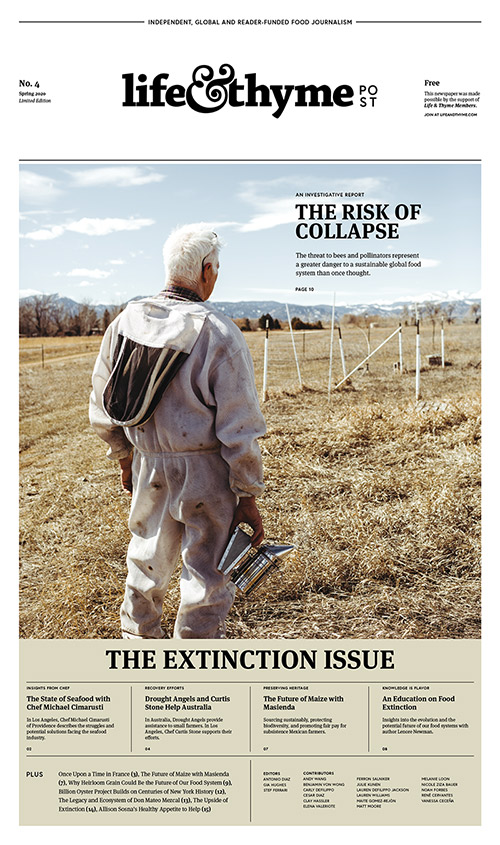
This story can also be found in The Extinction Issue of Life & Thyme Post, our limited edition printed newspaper for Life & Thyme members.
Tamales, empanadas, tortillas, tejuino, quesadillas de huitlacoche, tlayudas, and countless other dishes enjoyed the world over all share a common foundational ingredient: maize. But this prized Mexican staple has a complicated history.
Indigenous people of Mexico have a deep connection to the land, and to the food it produces. There are significant cultural ties to maize, and the diversity of native Mexican heirloom corn is as diverse as its people. Currently there are fifty-nine unique Mexican landraces—native variants of Mexican corn—and over twenty-eight thousand unique seeds and related species from eighty-eight countries, according to the International Maize and Wheat Improvement Center’s Maize Germplasm Bank. The biodiversity of Mexico’s native maize is due to the country’s broad range in geography. Each variant is specific to a region’s temperature, soil, altitude and other conditions. For centuries, indigenous farmers have planted maize seeds passed down through generations. The seeds naturally evolve to the changing climate, adaptation that also accounts for the enormous variety.
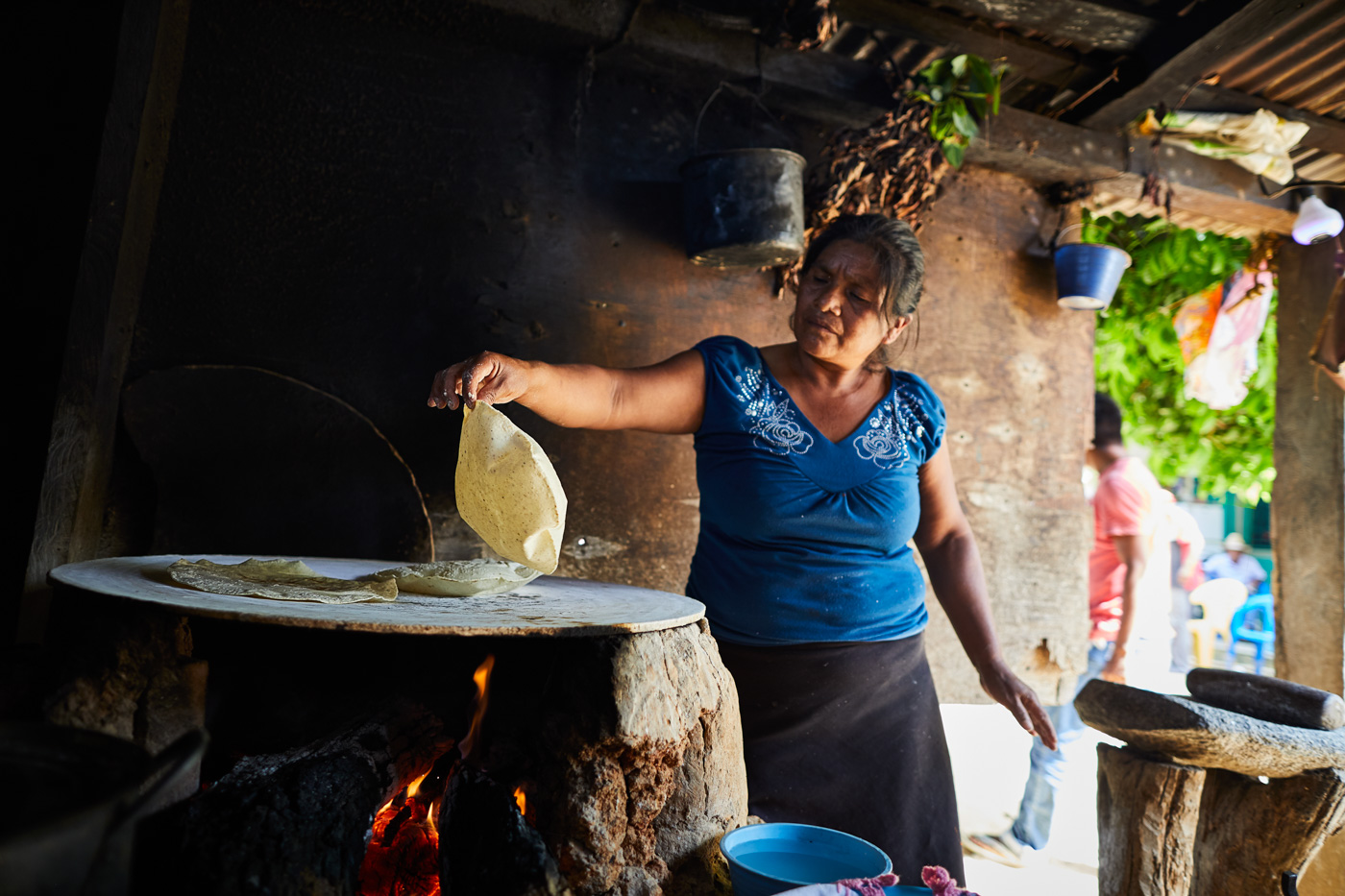
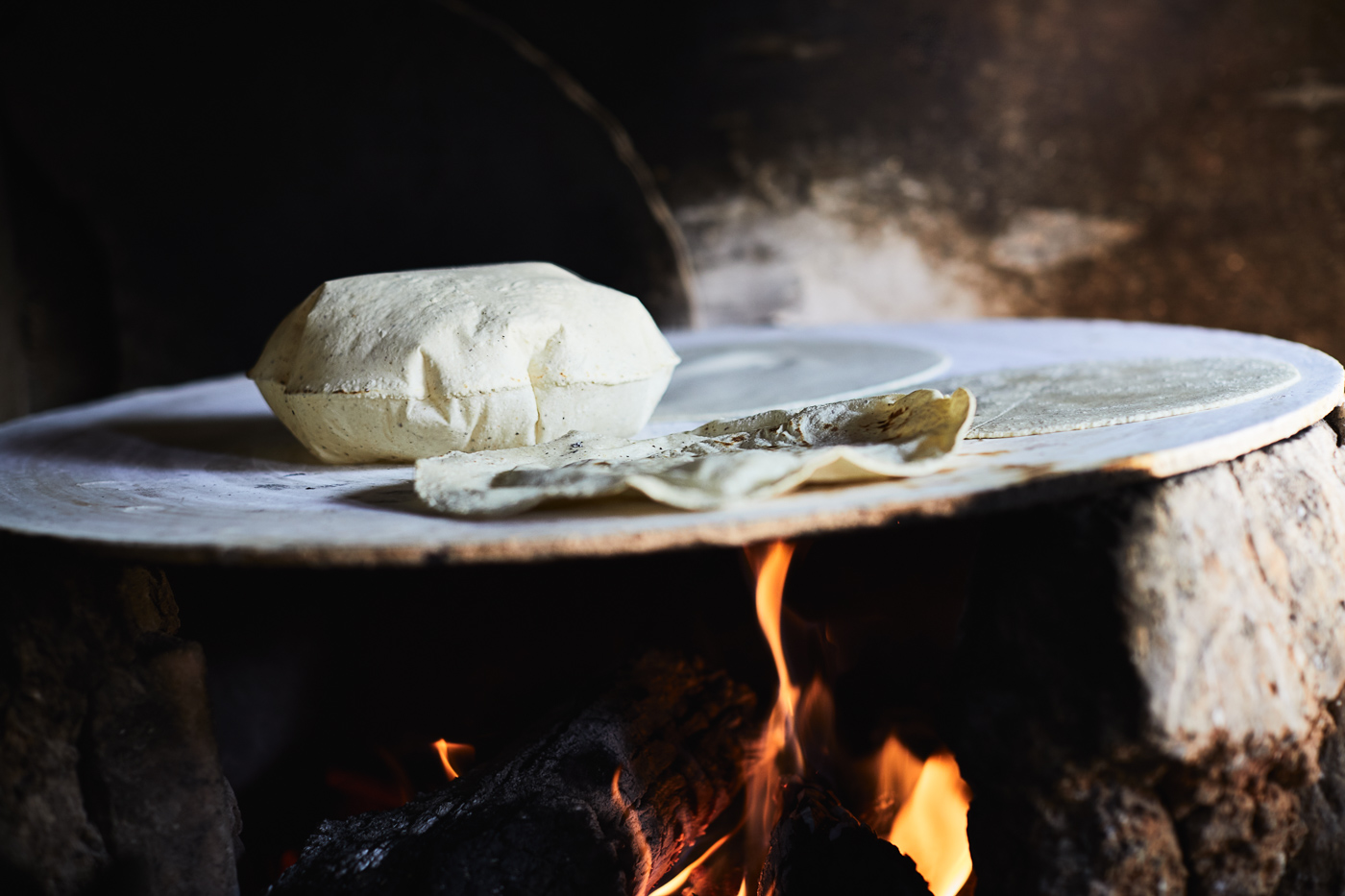
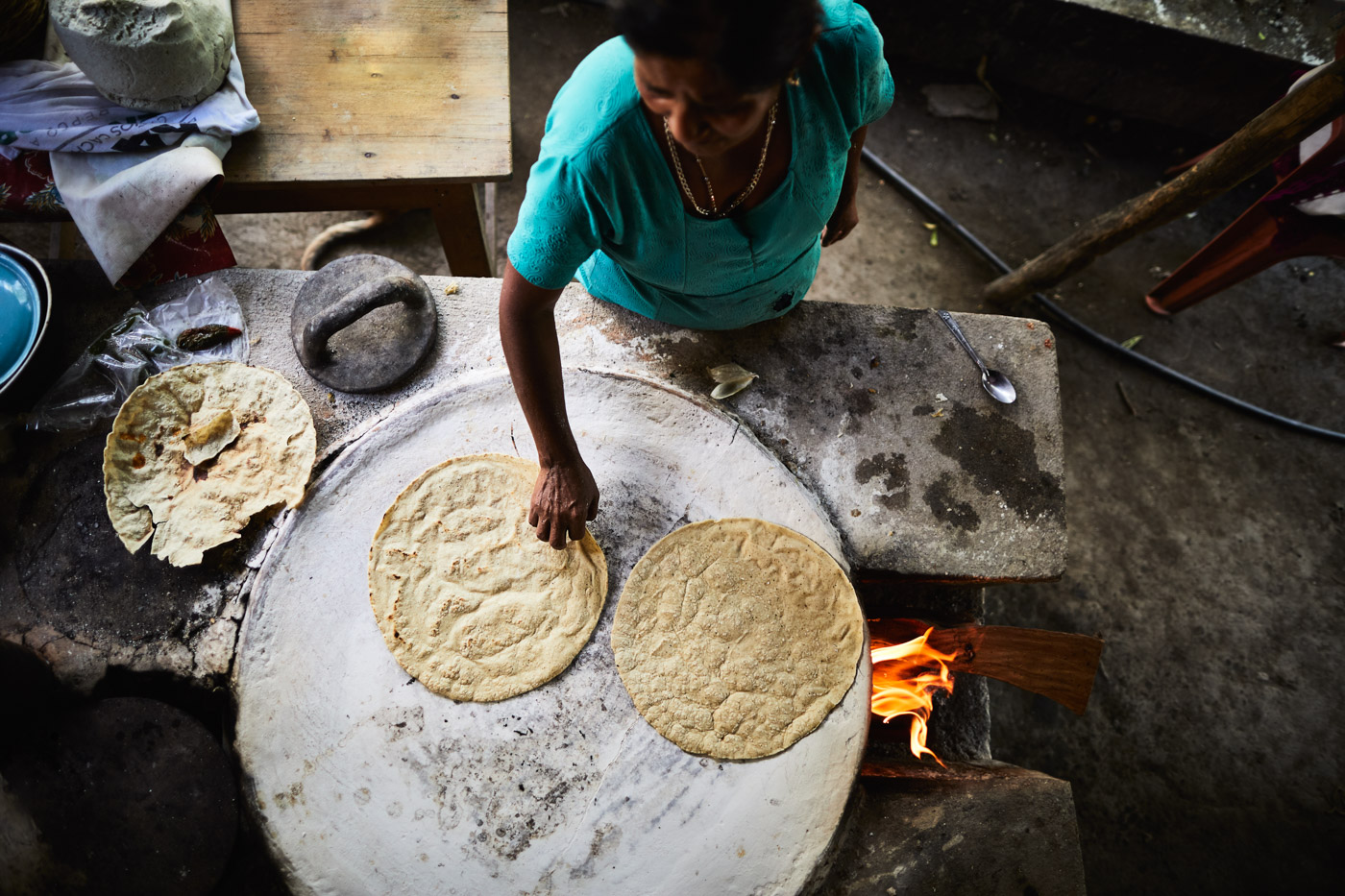
On a global scale, only four percent of maize that is traded is used for human consumption. According to a report released by Mexico’s National Commission for the Knowledge and Use of Biodiversity, these maize variants are grown by small-scale farmers who grow native landraces while using traditional farming methods that ensure the biodiversity of the maize. The commission stresses that introducing genetically modified seeds can be detrimental to the soil quality, and therefore to the future of the diversity of corn.
A variant commonly referred to as milpilla grows without the need to be harvested every year. The olotón variety, found predominantly in Oaxaca’s Mixe region, is unique in its ability to feed itself nitrogen in the air due to the low-oxygen found it its mucus, making it less reliant on fertilizers.
While the future of maize is being threatened by policies and trade agreements that favor large commercial companies and genetically modified corn, the solution does not lie solely in developing just policies. The future biodiversity of native corn is heavily reliant on the existence of a consumer market that understands the importance of maize.
This is where the food industry comes in. Masienda, a Los Angeles-based maize sourcing company founded by Jorge Gaviria, is providing a holistic and sustainable business model, making mounds of tortillas guilt-free.
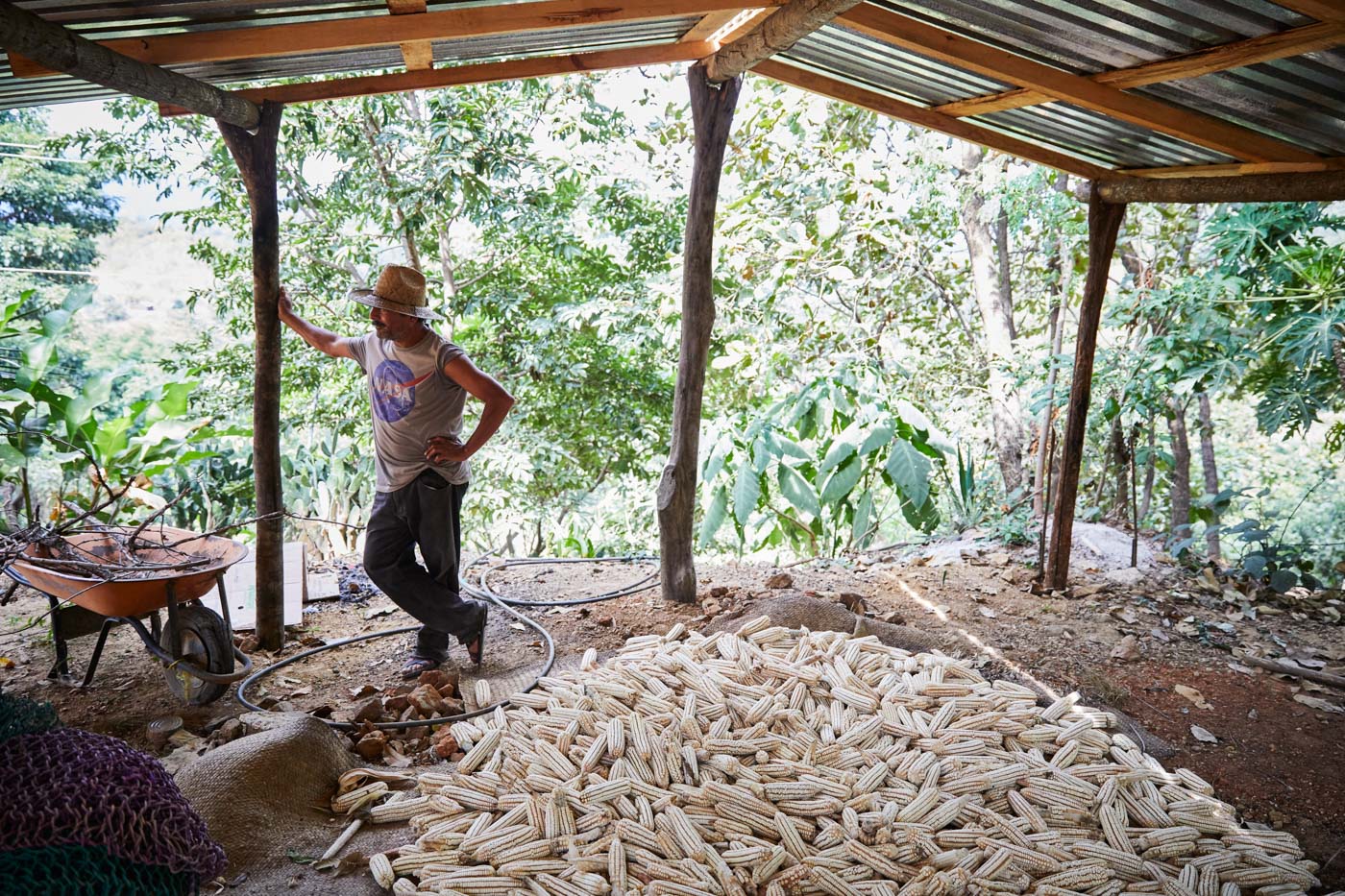
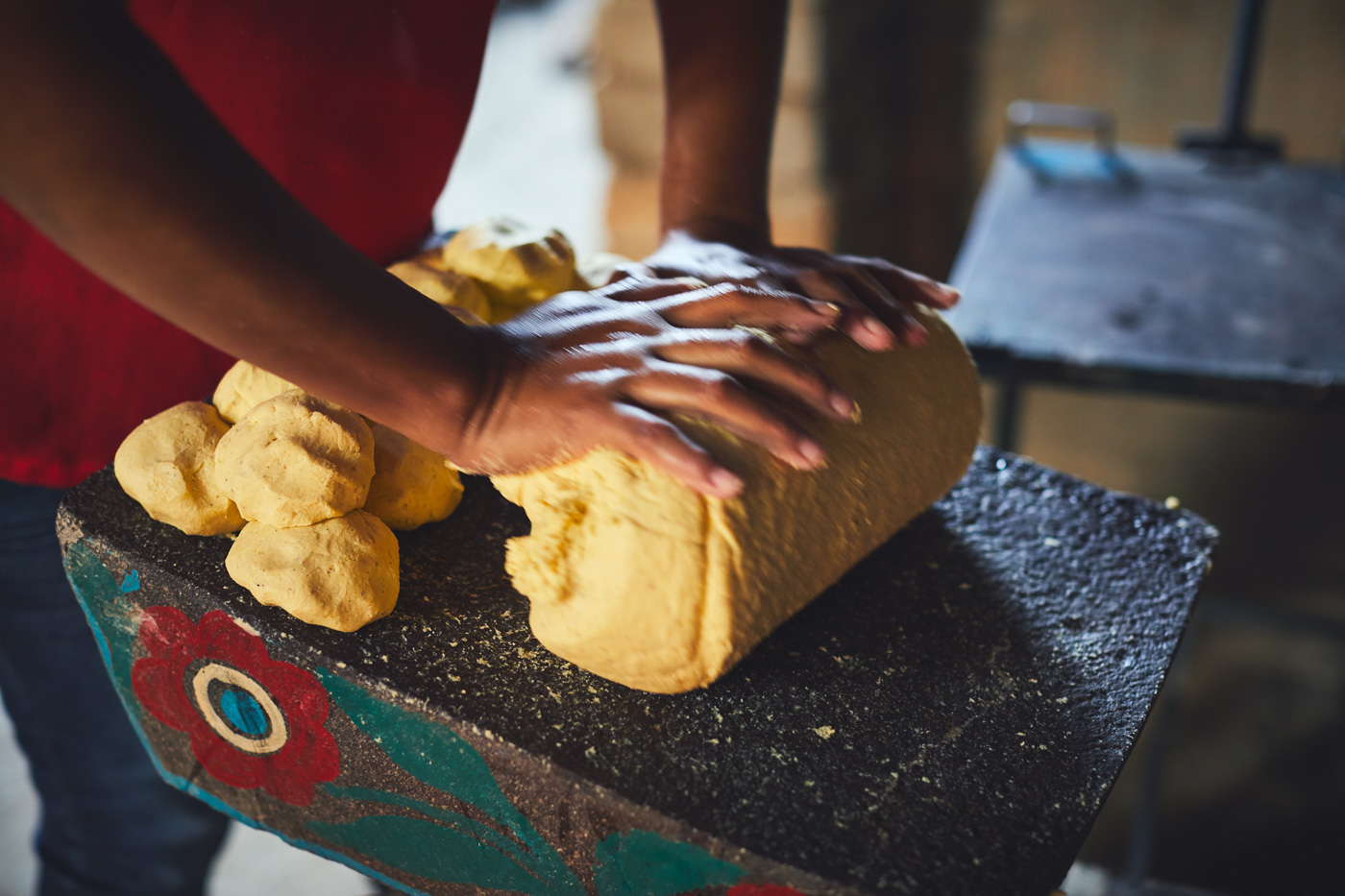
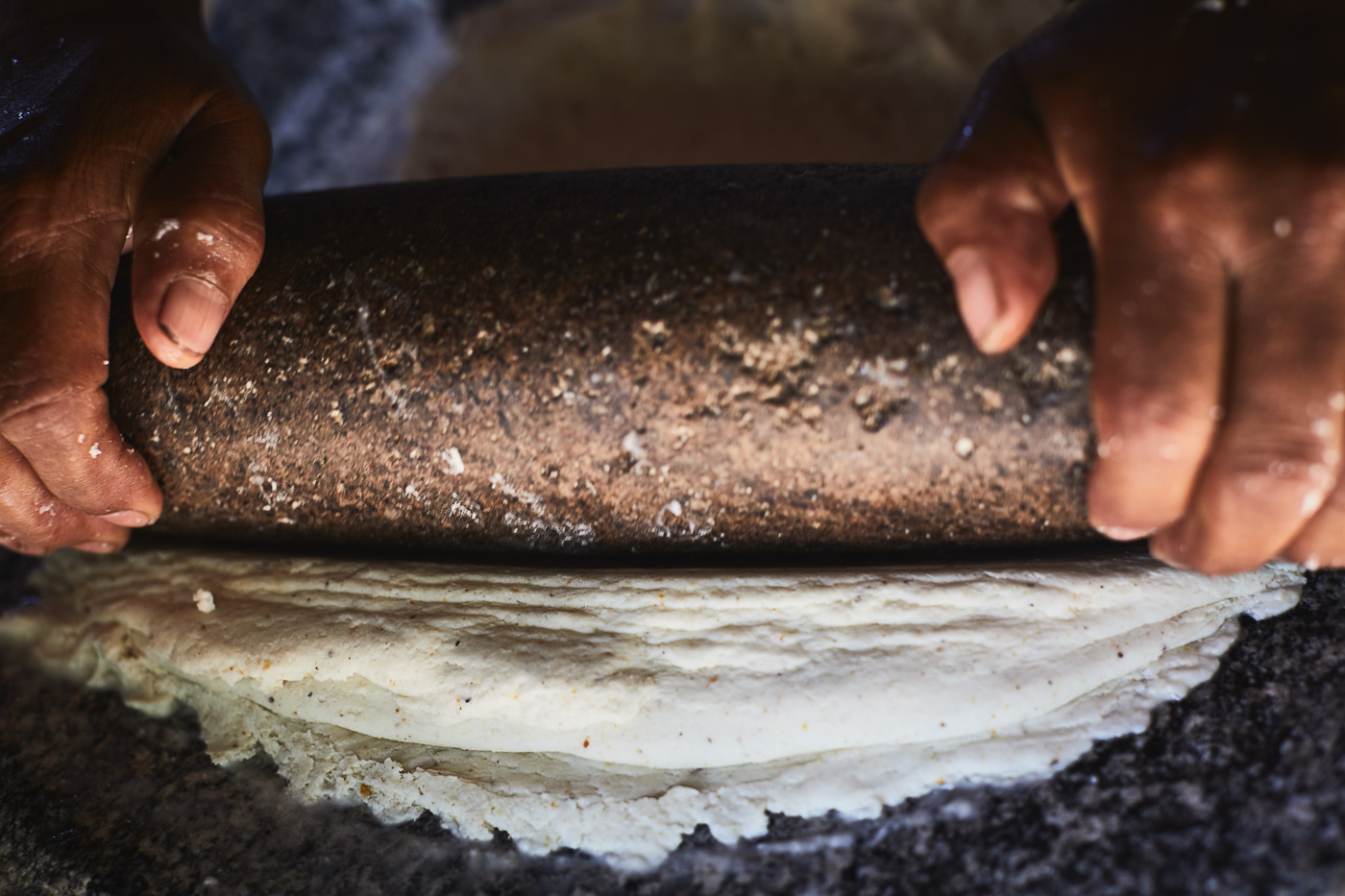
While working at restaurants such as Blue Hill at Stone Barn and Maialino, Gaviria realized he knew very little about the source of one of their main food staples: maize. He dove deep into the maize supply chain and identified a need for a kernel-to-masa sourcing company. At the time, there wasn’t a company that was purchasing ethically grown maize directly from subsistence farmers in Mexico and selling kernels, masa and tortillas to a U.S. market. Gaviria understood the importance and value in ensuring that his business model would reverse some of the adverse effects the North American Free Trade Agreement had on farmers in Mexico.
As he spent time in Mexico learning about maize, he saw firsthand how difficult it had become for farmers post-NAFTA. “It became a lot more challenging for farmers to maintain any kind of commercial viability for any surplus they had. There were less opportunities because their product was competing with commodity corn, and not just commodity corn, but with big companies like Maseca,” according to Gaviria.
Shortly after the implementation of NAFTA, Mexico’s per capita growth became stagnant, unemployment rose, and poverty levels and rates of malnutrition drastically increased, primarily amongst children. NAFTA also opened the floodgate to U.S. subsidized corn. Ironically, post-NAFTA Mexico—the birthplace of corn—imports approximately a third of its maize, which is predominantly all genetically modified. Consequently, the price of food, including the tortilla, rose for Mexican consumers. These combined effects spurred many to leave their communities of origin and migrate to the U.S. It is estimated that around half a million people left Mexico per year since NAFTA.
Subsistence and small-scale farming also suffered. Local farmers could not compete with the large, international companies. Many stopped working the land and teaching younger generations the art of sustainable agriculture and the importance of native crops. This series of events resulted in the decrease in harvesting of native landraces and a dramatic lessening of biodiversity long-term.
In case you missed it…
Watch how Masienda collaborates with Mexican-American chefs in Los Angeles on our docu-series, The Migrant Kitchen.
It was therefore important to Gaviria that Masienda honored the biodiversity of maize, encouraged the continuation of the milpa agricultural system, and provided a market that would allow rural farmers to sell their surplus maize.
Masienda sources its maize from Oaxaca, Estado de México, Tlaxcala and Michoacán, diverse regions with a strong network of independent farmers that use a milpa farming style. The milpa farming is an intercropping method that allows for corn, beans, squash and other companion crops to grow on the same field. Gaviria views this as a holistic way to eat and as a way to restore soil health.
Much of Masienda’s maize is grown in Oaxaca. Gaviria was drawn to the monumental diversity of Oaxacan maize. “Out of the fifty-nine landraces in Mexico, thirty-five come from Oaxaca. It’s only about four percent of the land share, but it packs a huge punch in terms of what’s reasonably available there. It also has the highest concentration of indigenous communities in Mexico,” Gaviria explains, which he finds key from a sustainability perspective.
Masienda has been successful in building trust with the farmers. Through conversations with farmers, they identify unique landraces that are difficult to come by, growing their network of farmers and the diversity of their kernel portfolio. They have a stable and consistent presence in communities and have been able to demonstrate that their model is a no-risk opportunity for the farmers. Masienda is a way for subsistence farmers to offload their surplus crop at a fair price. It takes Masienda about three months to source enough maize that will meet their consumer demand for the entire year. In this short period, they tap into a network of about two thousand farmers.
The farmers who sell to them vary year to year since they may not always have surplus to sell. The amount of maize that Masienda has access to is highly susceptible to climate change. Gaviria stresses how subsistence farmers are even more so affected. “We’re doing entirely rain-fed agriculture; it’s not irrigated,” he says. “If there is no rain, there is no crop. If the rain conflates, you get a stunted crop. There are areas that are drought-prone, and they were hit particularly hard this year.”
A way to combat the effects of climate change is to continue harvesting native maize seeds and to value milpa style farming. The model that Masienda has built is key to ensuring that the biodiversity of Mexican maize continues to flourish and adapt to challenges imposed by climate change. Trade policies and agriculture programs must be inclusive, and must weigh out the repercussions on farmers and communities on both sides of the border.





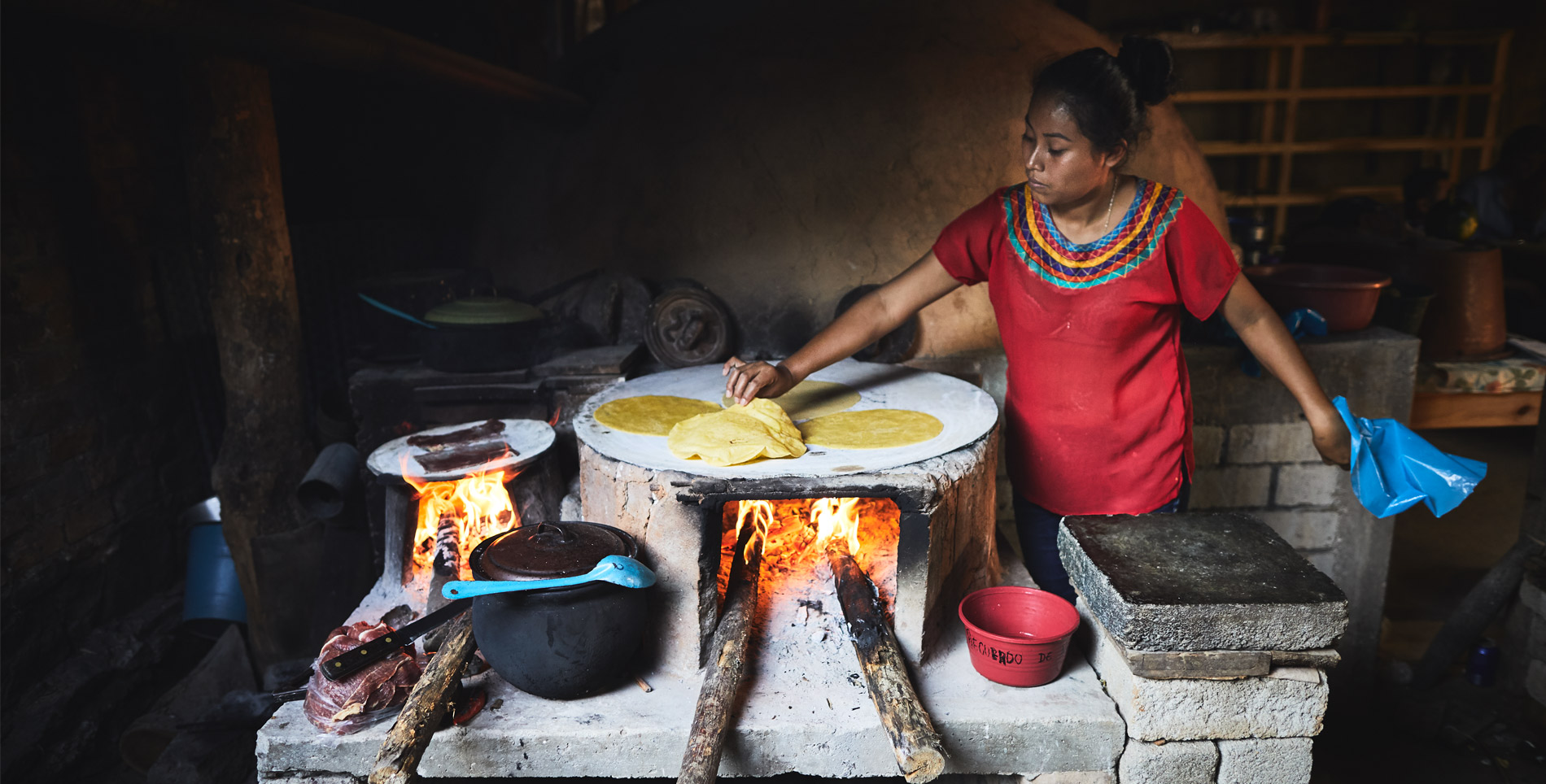

Our comments section is for members only.
Join today to gain exclusive access.